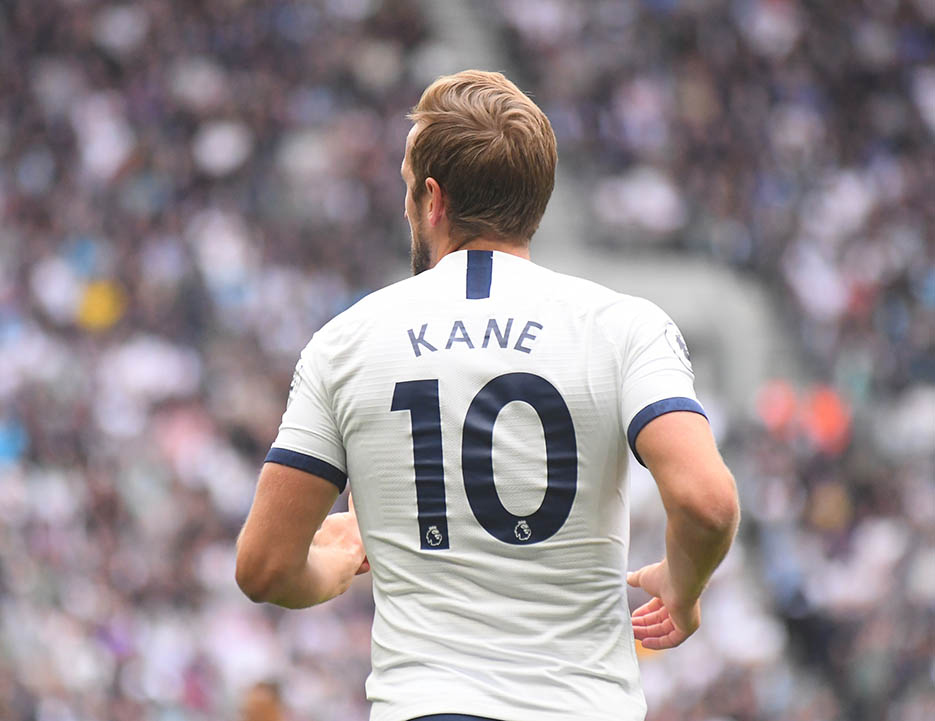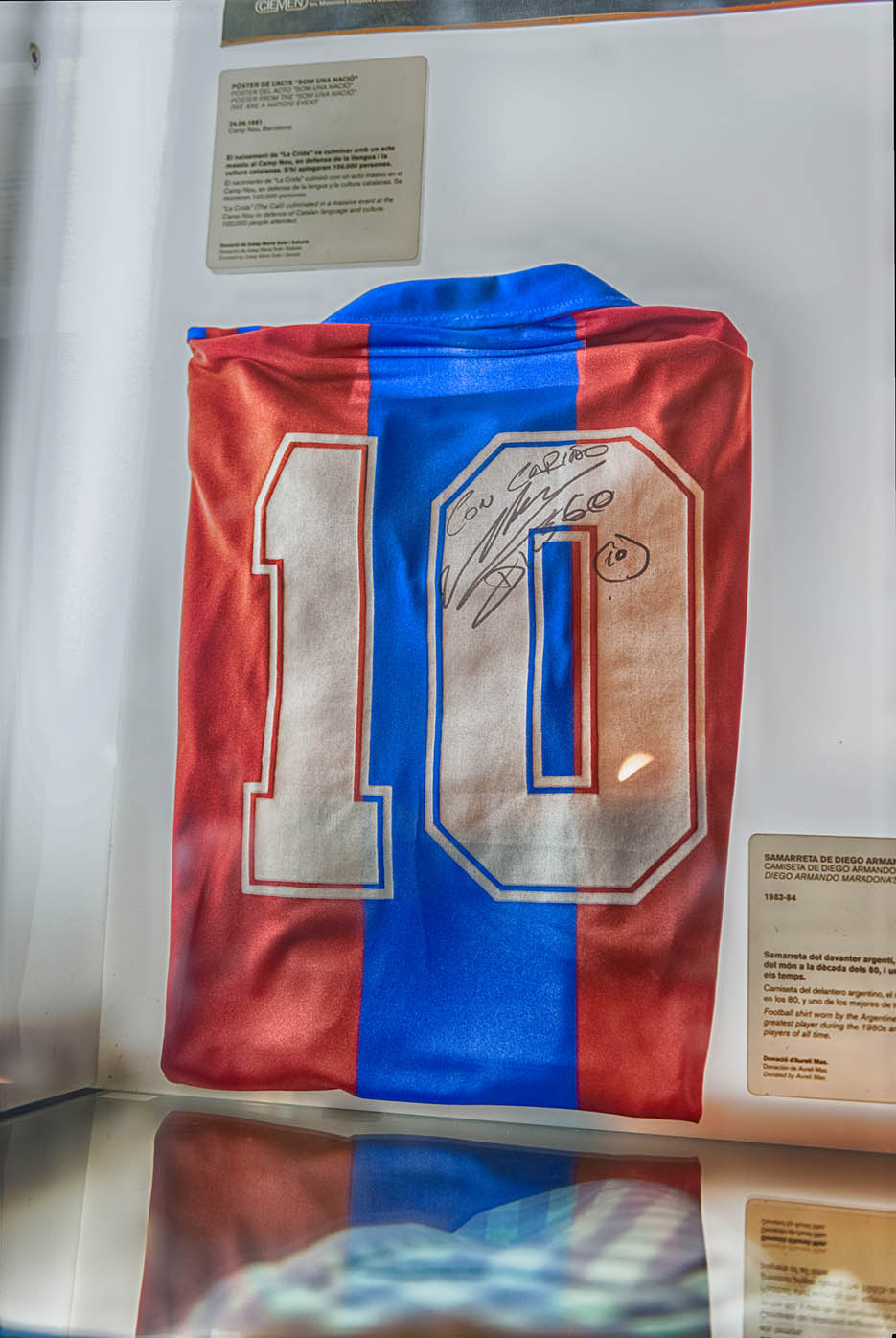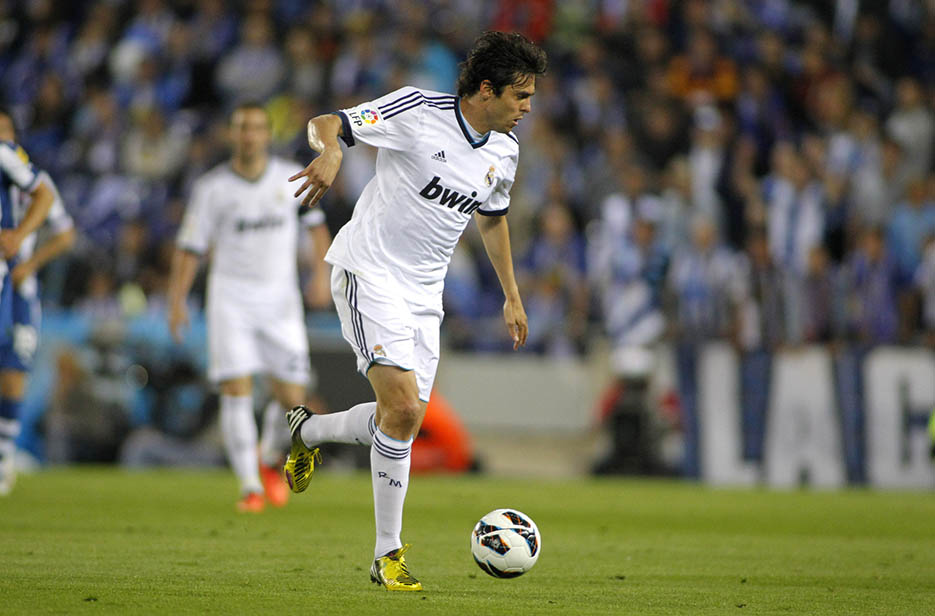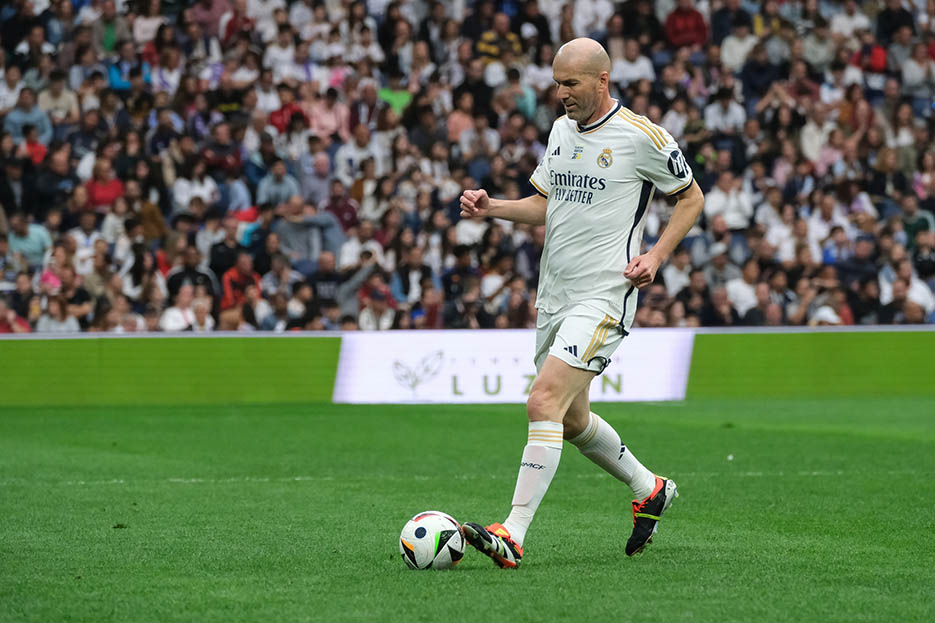Record Market Values for Football Players - Who Were the Top Investments and When
Who’s most valuable player in the world in a way reveals who is the best. Or best investment. So here are the record market values for football players ever!

While the number nine shirt will be the one most boys reach their hands towards in their youth ranks, there is no doubt that the 10 carries with itself the most mythos. It is the nobility amongst footballing positions. Yet one without a crown, or the throne from which it sovereignly reigned for decades. At least that is the common belief. The number 10 in football is less vital in today's game, yet to understand why and if it can be changed - we have to understand it fully.
The centrally positioned attacking midfielder is for whom the number 10 shirt is reserved.
While now the actual characteristics of a traditional number 10 aren't always present in the wearer, it would still be blasphemy to see someone from the backline wear this number.

For strikers and even wingers, the 10 is still a possibility. Harry Kane is one of the best strikers in the world, a proper classic number nine, yet he wore the 10 shirts in his Tottenham Hotspur days.
With the change of the footballing formations over footballing history, the emergence of the 4-4-2 diamond and the 4-3-1-2 made the position behind the striker(s) all that important and effective.
Unlike the previous 4-4-2 formations where the central midfielders were in a strict midfield line and further from the opposition's goal, the 10 would operate in the space between.
Between the opposition's midfield and defensive line. Serving as a connector between the strikers and the other midfielders. Or overlapping full-backs.

Probably no player has made the 10 shirt his own more than Diego Armando Maradona. Even his name is often stylized as D1eg0, making his own person undividable from the role he played in.
A title in itself as much any Ballon d'Or, especially in Argentina. One of the few countries where the value of the 10 hasn't faced inflation.
In Argentina, the 10 is called "enganche" - literally translated as the hook! So a player on which the attacks of the team rely the most!
The Italians have their own phrase - Trequartista. Its literal translation is someone who works in the third quarter of the pitch.
Hence, Serie A is the one league amongst the top five best that has resisted calling it quits on the 10 so abruptly.
A single connective tissue for the team, the number 10 is the main playmaker of the side. As he operates between the midfield and the defence of the opposing team, he is surrounded by guardians, operating in a tight space.
Hence, a great first touch and agility are key for the 10. The player needs to be able to receive the ball with few defenders just meters away, and then have the ability to move his body towards spaces to exploit. Working in a hole is the slang explanation.
As the 10 is guarded, he needs to find pockets of open space to receive the ball, the 10 is always on the move, seeking the ball.
In order to find the holes in the opponent's defence, the number 10 needs to have great vision. Both in terms of positional awareness and the anticipation of the movement.
A great number 10 plays in the space two, three seconds ahead of everyone else. In such a way, it might be paralleled to the position of a quarterback. Especially as with its central position, the 10 has multiple passing options around him from all directions.
The number 10 in football is usually the most technically gifted player on the team. The 10 needs to employ teammates with through balls, crosses, flick-ons, one-twos, lob passes - anything and everything legal.
But the 10 wouldn’t just think about assisting, they are a double threat for both assisting and scoring. As will be proven below with the notable examples of 10s.
This is one of the reasons why this is regarded as the most creative position in the game. Reserved for the ones with the most flair. Hence, it's not surprising that the best number 10s of the sport are "who's who?" of the fan favourites.
As the 10 in football is so offensively minded, that left little room or energy for the defensive tasks. Considering pressing is the name of the game in the last five or more years, it’s not surprising that the traditional 10 has fallen down the pecking order.
We mentioned one, Diego Armando Maradona, who made the shirt his own in his era. But there are other creative storytellers who built up the myth of the 10. The cut-favourite Argentinian played in 343 games for Sevilla, Barcelona, and Napoli, recording 159 goals and 103 assists. Maradona is an example of a highly mobile 10 that would not just assist his teammates, but make bull-rushing runs towards the goal for his own finishing opportunities.
A classical example of a 10 in football is the former Benfica, Milan, Fiorentina, and Portugal playmaker Rui Costa. Coming with a high dose of flair to his game, the now 52-year-old made 106 assists in his 559 club career games. For Portugal, he recorded 20 assists and 26 goals in 94 matches.
Argentinians have another massive 10 legend in Juan Roman Riquelme - who is more of an example of a static 10. One leaning more on his dribbling and passing ability than on his speed. The now-retired legend has played 493 games for Villarreal, Barcelona, Boca Juniors, and Argentinos Juniors, scoring 132 goals and making 114 assists.

One of the managers who played with the 10s the most - Carlo Ancelotti, selected Kaka for his ideal starting 11. The Brazilian attacking midfielder got the nod for his effectiveness - 172 goals and 149 assists in his 551 games for Milan, Real Madrid, Sao Paulo, and Orlando City. In addition to 30 goals and 25 assists across 92 games for Brazil. Not to mention the eternal highlights.

Even Ancelotti was doubtful who to pick for his ideal 11 at the 10 spot, with Zinedine Zidane being a close competitor to Kaka. Arguably one of the most skilful players of all time, Zizu's elegance is what makes a lot of people nostalgic for the departing 10. Representing Real, Juventus, Bordeaux, and Cannes over 689 games, the French international scored 125 goals and made 142 assists. With 31 goals and 30 assists in 108 matches for the national team, he as well shows the double jeopardy of the 10.
Dutch football has a massive appreciation for the 10, one of their most picture-perfect representatives is Dennis Bergkamp. A player whose goals still cause awe nearly 20 years after his retirement. In his 732 games for Arsenal, Ajax, and Inter there have een 265 goals and 136 assists.
In the Italian football dictionary next to the word trequartista, one could list several players, yet Francesco Totti would always be the first draft pick. One of those one-club players, Totti played in 783 games for Roma, scoring 307 times and making 209 assists.
Of course, Leo Messi needs to be mentioned - 732 goals and 350 assists in 899 club matches. With 106 goals and 56 assists for Argentina. He did play all over the pitch and his impact has been overstated, but Messi is a picture-perfect representation of the 10.
Brazil has had a host of 10s that have shaped football culture Zico, Ronaldinho, Rivaldo, Neymar... Some other include Michel Platini, Mesut Ozil, Roberto Baggio...
As we mentioned, pressing high or counter-pressing has become the norm of modern football. Considering the traditional 10s were the artists of the grassy canvas, tireless running was rarely in their wheelhouse of tricks.
If we look at the last formations that have dominated the game in the past decade, none of them even had a designated spot for the 10. The 3-5-2, the 4-3-3, or the 3-4-3.
The issue facing the classic 10 in football was best explained by the philosophy of one of the game’s most important managers in the last decade.
"No playmaker in the world could be as good as a good counter-pressing situation" - Jurgen Klopp.
Yet in this loss of artistry on the pitch, of the flair, of the magic, football executives could find the reason why the game is losing some traction amongst the viewers. Instead of turning the blame to outside factors like video games, the correct issue would be to focus on returning what made so many people fall in love with the game - the lucid vision of the tricksters carrying the 10 on their backs.
Of course, the solution isn’t to force managers to play with 10s or in formations that suit them. But to encourage youth coaches, those who create the players of tomorrow, that too rigid tactics and blindly following the simple game plan isn’t appealing to the audiences that want to gasp.
A clear indicator of such a global issue in the game is that even non-successful dribbling attempts go viral on social media. There is a desperate need for more of it.
On the other hand of the spectrum, the artists of the game need to - and they are doing so more and more - forget the idea that they are above running and having the speed and stamina for pressing. Finding a balance between artistry and physicality is the key for the number 10 in football. Besides to giving more creative power to the players through all age ranks.

Who’s most valuable player in the world in a way reveals who is the best. Or best investment. So here are the record market values for football players ever!
Commitment that Margot Robbie couldn't get - discover the football players with the longest contracts in Europe's top five leagues.
Deals that can be studied on universities across the world, check out the many surprising biggest transfer profits in football history. Flops and hits.
Football player with the most games played in a season in the last 15 years is usually who is who of the best players in the respective seasons!
The new usual suspect has already climbed the list for most Premier League hat-tricks of all time and is destined for the throne.